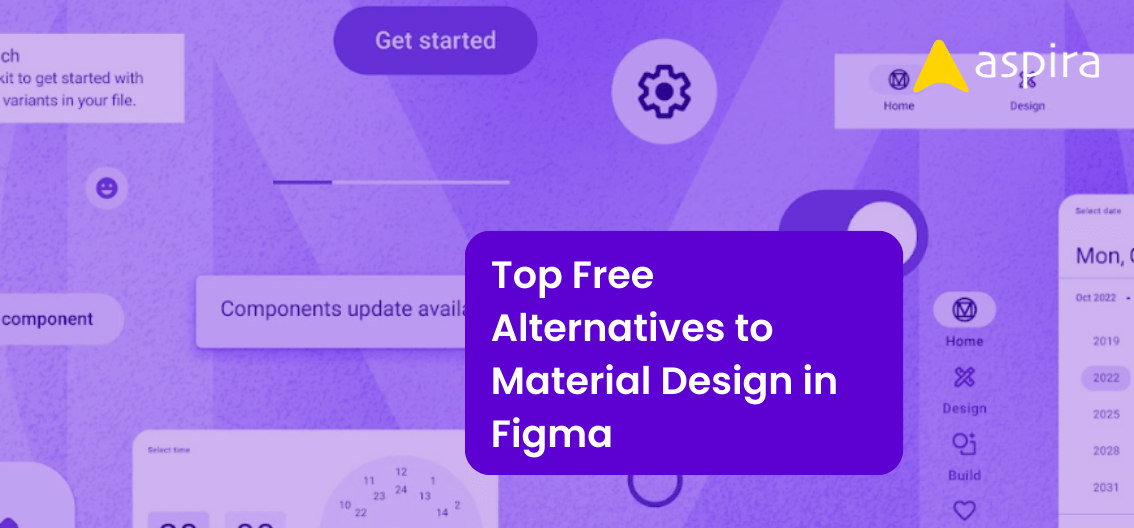UX Design - Mentor & Author.
8 Nov, 2023

Making a UX portfolio is a big deal in your UX career. It’s often the key factor that decides whether you get opportunities. Some folks miss out on job interviews because their portfolio isn’t strong enough. Your portfolio isn’t just about showing your skills; it’s about telling the story of your journey as a UX professional. In this article, we’ll guide you through the important steps to creating a UX portfolio that stands out and impresses potential employers and clients.
Understand Your Audience
Before building your portfolio. First, understand who your portfolio’s audience is. Are you going to apply for a specific job title, or going to enter freelancing, or you are just building a portfolio to showcase your skills? Or you are in an idea doing all of the three. So first decide who your target audience is and build accordingly. So if you are building for a job purpose. Make sure you are to the point.
Create Compelling Case Studies
Each case study included in your portfolio should be presented in a detailed manner. Begin by providing a concise introduction to the project, outlining its objectives, and providing context to explain its significance. Next, define your role in the project, clarifying whether you led the entire UX process or were part of a team. Then, describe the steps you took in the UX design process, encompassing research, ideation, wireframing, prototyping, user testing, and other relevant phases.
Following this, continue with the challenges and obstacles you encountered during the project, showcasing your problem-solving skills. Elaborate on how you tackled these challenges and share the design solutions you implemented, using visuals such as wireframes, prototypes, and user flows to illustrate your concepts. Quantify the impact of your work by highlighting improvements in user engagement, conversion rates, or user satisfaction, and Use metrics and data to support your claims.
Enhance the visual appeal of your case studies by incorporating high-quality images, screenshots, and videos to effectively showcase your work. Ensure that these visuals are clear and appropriately labeled for easy understanding.
Select Your Best Work
Choose quality over quantity. Instead of including every project you’ve ever worked on, carefully curate your portfolio to feature your best and most relevant work. Concentrate on projects that highlight your diverse skills, problem-solving capabilities, and track record of delivering results. Ideally, target around 4-6 case studies. While this might seem like a substantial number, it reflects the competitive job market. Presenting your top four projects makes it easier for employers to make decisions. So, prioritize showcasing your best work and aim for approximately 4-6 case studies.
Choose a Platform to Showcase Your Projects
Decide where you want to display your portfolio. Platforms like Behance, Dribbble, and Medium offer excellent options for showcasing your projects and can serve as your portfolio. If you want to take it a step further, consider creating your own portfolio website where you can display your projects in a personalized and professional manner.
Presentation Matters
Picture your portfolio as a visual showcase of your work. It should not only look attractive but also be user-friendly. When potential employers lay eyes on it, this can leave a strong impression. Ensure your portfolio is well-organized and neat. Avoid overloading it with too much content. Think of it like tidying up your room—a clean and organized space is more appealing.
Select colors that harmonize with each other and complement your projects. This is similar to choosing the right outfit where colors blend well. Always keep in mind that your portfolio is often the very first thing people encounter, so creating an appealing and easy-to-navigate experience can significantly influence how they perceive your skills.

Network and Share
Lastly, don’t keep your portfolio tucked away and stagnant. Share it on professional platforms like LinkedIn. Participate in UX conferences, webinars, and meetups to connect with fellow designers. Engage with other designers on LinkedIn to exchange knowledge about UX. By doing so, you’ll expand your network and deepen your expertise in the field. This will prove immensely valuable when you’re on the job hunt. Therefore, share your project links widely and connect with as many UX designers as possible.

Conclusion
In the competitive realm of UX design, your portfolio isn’t just a collection of projects; it’s your digital personality and your ticket to exciting opportunities. Crafting an effective UX portfolio requires careful attention to detail and a relentless commitment to excellence.
As you conclude your portfolio creation journey, remember that it’s not a static artifact but a dynamic reflection of your growth. Keep updating it with new projects, fresh insights, and the latest industry trends. Your portfolio should evolve alongside your skills and experiences, telling a story of your ongoing commitment to UX excellence.


